Brief Description of Win64/Patched.H trojan
Win64/Patched.H trojan is classified as the Trojan horse infection which can target almost all the windows based system to perform malicious activities on your computer. it is first detected by ESET but ESET cannot remove it completely. How can this Win64/Patched.H trojan get into your computer without your knowledge? Usually, it can sneak into your computer via clicking malicious unknown attachments or pop up ads, download free software from unsafe websites or without paying attention to the default installation of the free software. Besides, using infected external hard drive or sharing malicious files with other users online can also be the way to get infected by Win64/Patched.H Trojan.
Probable Harms Caused by Win64/Patched.H Trojan
- Unexplained data loss.
- Open the backdoor for cyber hackers to operate on your computer without your knowledge to remote control your computer or may steal your personal information.
- Unexpected system crash。
- Take up your precious system resource and then Slow down your page loading speed.
How to Remove Win64/Patched.H Trojan Completely?
To completely get rid of this Trojan infection, many computer users have tried many ways to get rid of this Trojan thing, for example, to have their antivirus to start a full scan on their computer but this Win64/Patched.H Trojan would just come back again and again. To get rid of this Trojan, we have to deal with the program files, processes, .dll files and registry entries, you are welcome to follow the removal guide listed below:
Solution one:Step by Step Guide to Manually Remove Win64/Patched.H Trojan
Before performing the manual removal of WIN64/PATCHED.H TROJAN, reboot your computer and before Windows interface loads, press F8 key constantly. Choose “Safe Mode with Networking” option, and then press Enter key. System will load files and then get to the desktop in needed option.
1. Launch the Task Manager by pressing keys Ctrl+Alt+Del or Ctrl+Shift+Esc at the same time, search for WIN64/PATCHED.H TROJAN processes and right-click to end them.
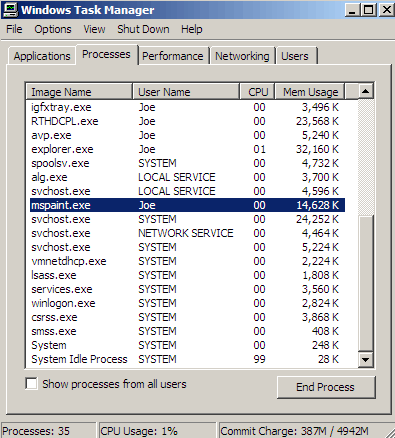
2. Open Control Panel in Start menu and search for Folder Options. When you’re in Folder Options window, please click on its View tab, check Show hidden files and folders and uncheck Hide protected operating system files (Recommended) and then press OK.
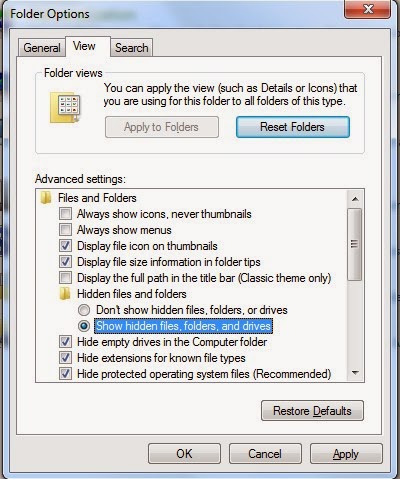
3. Tap Windows+R keys together to pop up the Run box, type in regedit and hit OK to open Registry Editor; then find out the following WIN64/PATCHED.H TROJAN registry entries and delete:
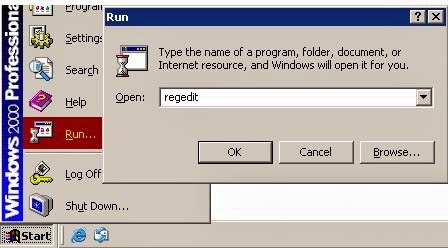
HKEY_LOCAL_MACHINE\Software\Microsoft\Windows\CurrentVersion\Run "<random>" = "%AppData%\<random>.exe"
4. Get rid of the listed files created by WIN64/PATCHED.H TROJAN:
%AppData%\<random>.exe
%CommonAppData%\<random>.exe
5.After you finish the above steps, please reboot your computer and get in normal mode to check the effectiveness.
Solution two: Get rid of Win64/Patched.H Trojan by automatic scan of SpyHunter removal tool
SpyHunter is a powerful, real-time anti-spyware application that designed to help computer users to clean up the infections like worms, Trojans, rootkits, rogues, dialers, spyware,etc. It is important to note that SpyHunter removal tool works well and should run alongside existing security programs without any conflicts.
Step one: Click the icon to download SpyHunter removal tool
Follow the instructions to install SpyHunter removal tool
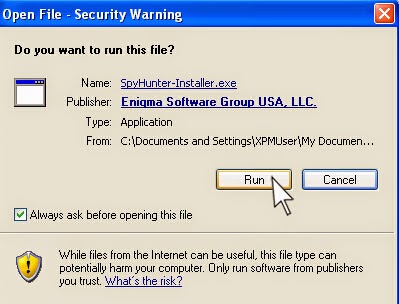
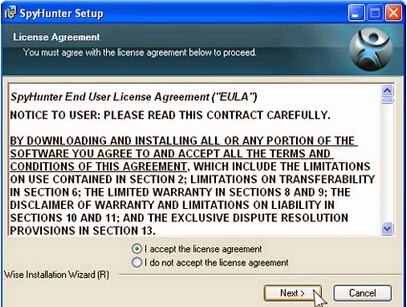
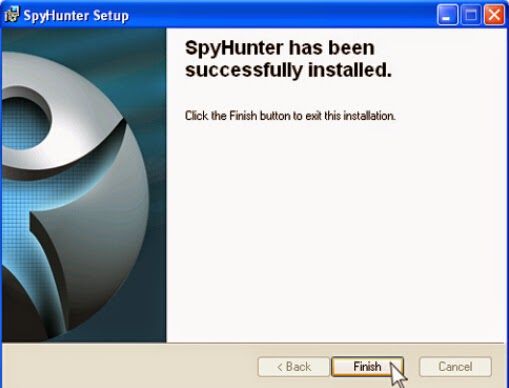
Step two: After the installation, run SpyHunter and click “Malware Scan” button to have a full or quick scan on your PC
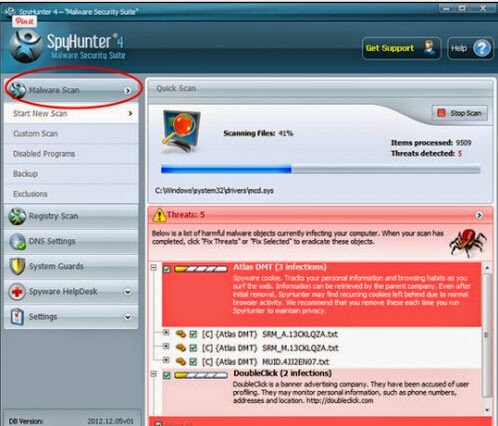
Step three: Select the detected malicious files after your scanning and click “Remove” button to clean up all viruses.
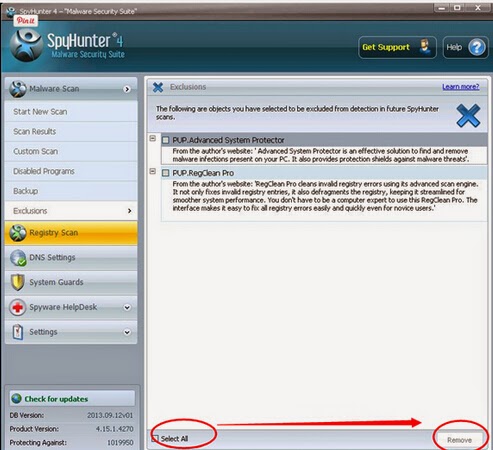

No comments:
Post a Comment